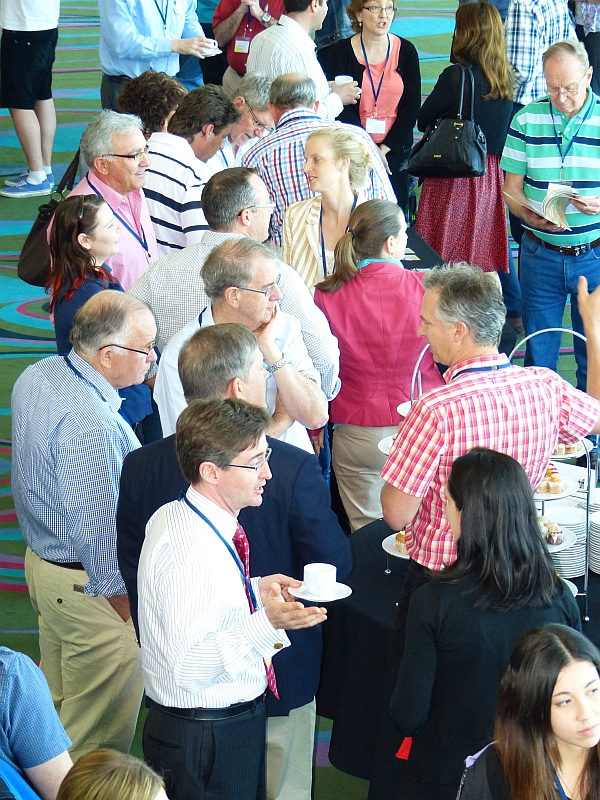Welcome to another edition of eChook!
In this edition, I would like to highlight the key messages arising from the Poultry CRC’s Ideas Exchange forum which was held between 24-26 September. The Ideas Exchange is our annual gathering where end users, researchers, industry decision-makers, and students meet in a semi-formal atmosphere to discuss major challenges faced by the Australian poultry industry, showcase important project outcomes, and identify future opportunities for research and education.
Message No. 1: Free range production systems continue to expand. Currently in Australia, about 40% of laying hens and 15% of broilers are produced on free range systems. With the expansion of the free range layer systems, staff need to be re-trained in bird management and husbandry skills; nutritionists need to understand the dietary issues related to potential loss in laying performance; and researchers need to carefully examine the environmental impacts, welfare implications, and ranging behaviours associated with free range layers. Some of these issues are also applicable to free range broilers. The industry R&D organisations have current research projects for free range poultry. For instance, a Poultry CRC project is examining the nutritional and welfare aspects of free range poultry production, yielding some exciting results. But a lot more research is needed in order to increase the efficiency of free range poultry production.
Message No. 2: Efficiency, efficiency and efficiency. While on the point of efficiency, industry leaders know they must improve productivity in order to meet the growing demand for poultry products in the face of stricter environmental compliances, more stringent animal welfare requirements, and reduced availability of quality feed ingredients and litter materials at affordable prices. Numerous novel research ideas covering welfare, food safety, disease diagnosis, vaccines, environmental management and nutrition were discussed. The Poultry CRC will call for research proposals to target some of these priority areas shortly.
Message No. 3: Education and communication cannot be ignored. Finally, throughout the event, there was a recurring theme in every discussion that science alone will not be able to satisfy the demand for productivity increases in the poultry industry. On one hand, problems associated with poultry production are becoming more complex and any solution will need to be multifaceted. One of the facets is management and husbandry skills of people who are working on the farm. Thus, it is absolutely essential to roll out skills training at all levels of the industry. The Poultry CRC and its partners have started to deliver Certificate III level courses throughout Australia but much more needs to be done during the next few years. Indeed the Poultry CRC is looking at developing more training materials. On the other hand, in this information-overloaded world, it is more important than ever to get the essential, succinct message out. Thus, just doing the right thing is no longer sufficient and the poultry industry will have to step up its communication effort to ensure that the public and governments understand the importance of poultry’s contribution to the nation’s food basket.
Mingan


